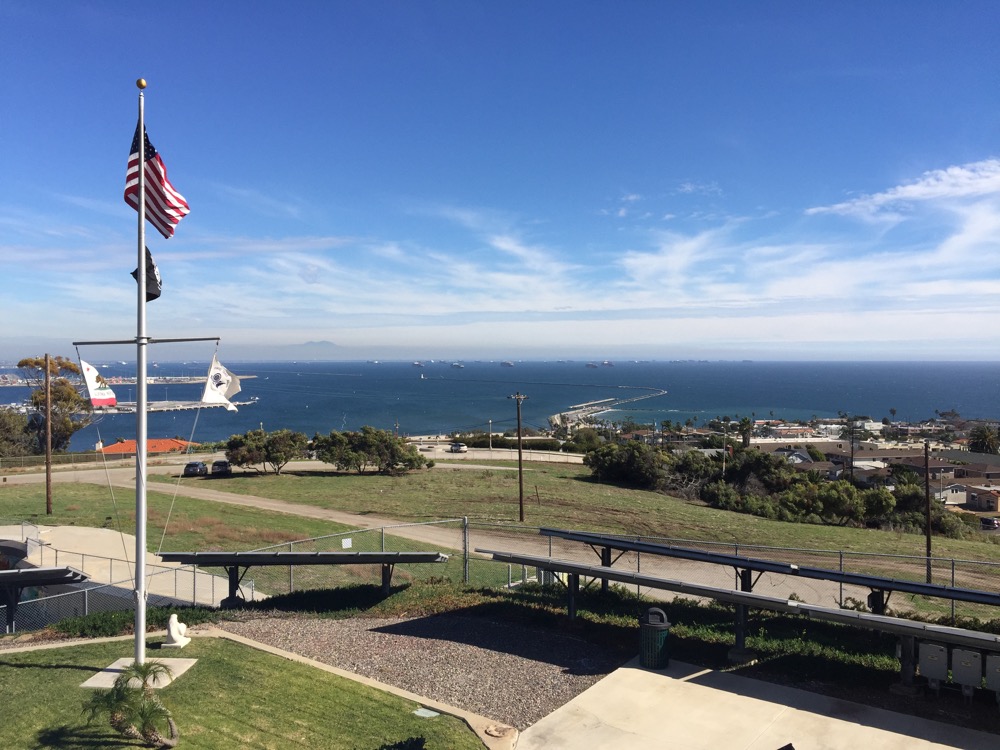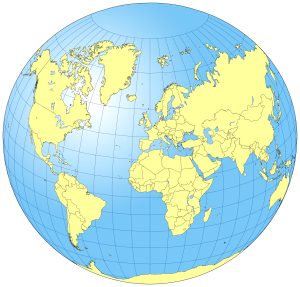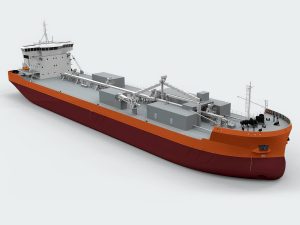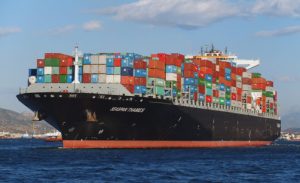After just over two years of a supply chain nightmare driven by a pandemic-fueled import boom, the container ship backup for the ports of Los Angeles and Long Beach – the biggest port complex in the United States – has officially ended.
“After 25 months, and with concurrence of the Ports of Los Angeles and Long Beach, the Pacific Maritime Association (PMA), and the Pacific Merchant Shipping Association (PMSA), the container ship backup for the ports of Los Angeles and Long Beach has ended,” announced Captain Kip Louttit, Executive Director of the Marine Exchange of Southern California.
In November 2021, the PMA, PMSA, and Marine Exchange introduced a new queuing process to improve safety and air quality off of Southern California. The updated system essentially established a “Safety and Air Quality Area” (SAQA) extending 150 miles from the coast that inbound trans-pacific containerships are requested to avoid while waiting for berth at the ports. It also changes how ships have historically entered the berthing queue.
The backup went from zero to 42 between 15 Oct 2020 to Feb 2021 and then
dropped to 9 in June 2021. It then increased through the late summer and fall of 2021 to a peak of 109 on 9 January 2022. After dropping to single digits in the past month, it fell to zero this week.
For comparison, a year ago, 22 Nov 2021, the backup was 81 container ships of which 61 were inside 25/40 miles of the ports and 20 were outside the SAQA,” noted Capt. Louttit. “This was 8 days after the implementation of the new queuing system for labor.
“The New Queuing System for Labor commenced on 16 November 2021. The new system didn’t solve the backup but moved the backed-up container ships 50-150 miles offshore, outside the safety and air quality area (SAQA) where they waited. The new system worked superbly for the past 53 weeks to guide the labor allocation process, improve safety, and improve air quality.”
(Photo from Marine Exchange of Southern California)





